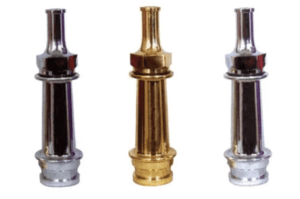
Fire Fighting Equipments
- Home
- Fire Fighting Equipments

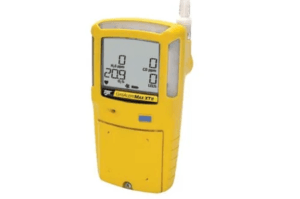
MULTI DETECTORS
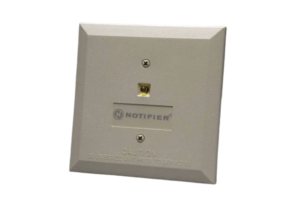
FAULT ISOLATORS
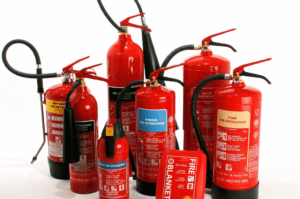
BUY FIRE EXTINGUISHERS
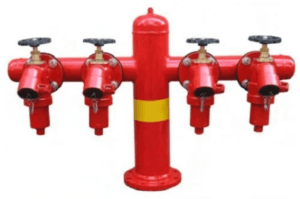
4 WAY HYDRANT
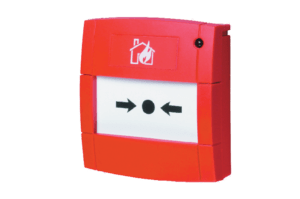
Manual Call Point(MCP)
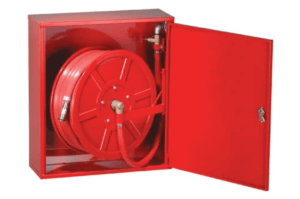
FIRE HOSE REELS
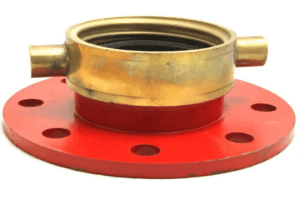
DRAW OUT CIRCUIT BREAKER
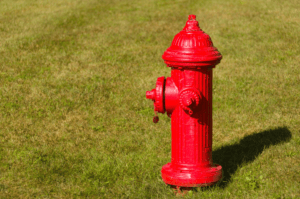
FIRE HYDRANT
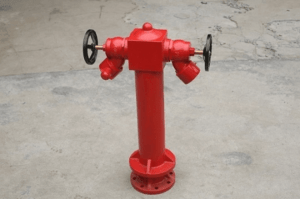
2 WAY FIRE HYDRANTS
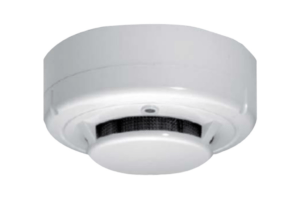
SMOKE DETECTORS
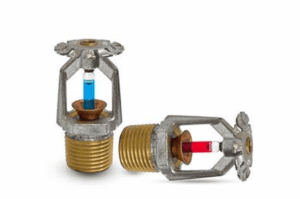
Best Sprinklers for construction
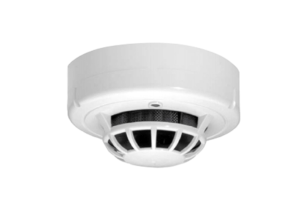
HEAT DETECTOR FIRE ALARM
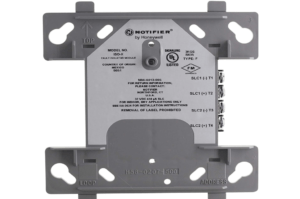
RELAY MODULE
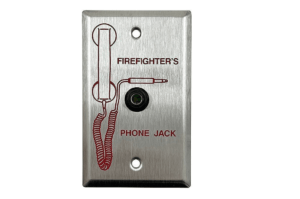
TELEPHONE JACK
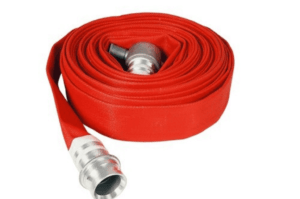
RRL Hose Pipe – Reinforced Rubber Lined
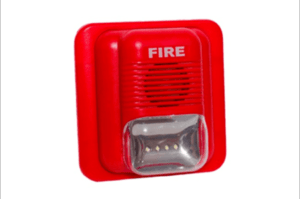
Fire Alarm Hooters
Firefighting and alarms are critical components of fire safety systems, designed to detect, suppress, and alert occupants about potential fires. They play a vital role in safeguarding lives and properties from the devastating effects of fire incidents. Firefighting involves a range of equipment and techniques, while fire alarms consist of various devices to detect and signal the presence of smoke or heat. Let’s explore some of these essential components in more detail.
Fire fighting equipment plays a crucial role in safeguarding lives and property from the destructive force of fires. In this comprehensive guide, we will explore the various types of fire fighting equipment, their functions, maintenance requirements, and the importance of proper training and preparedness.
Understanding Fire Fighting Equipment
Fire fighting equipment encompasses a wide range of tools and systems designed to detect, suppress, and extinguish fires. From portable fire extinguishers to complex sprinkler systems, each piece of equipment serves a specific purpose in fire safety.
Fire Extinguishers
Fire extinguishers are essential tools for quickly suppressing small fires before they escalate into larger emergencies. Understanding the different classes of fire extinguishers and their appropriate applications is critical for effective fire management.
Classification of Fire Extinguishers
Fire extinguishers are classified into several categories based on the types of fires they are designed to combat. These classes include Class A, Class B, Class C, Class D, and Class K extinguishers, each tailored to address specific fire hazards.
Selection and Placement
Proper selection and placement of fire extinguishers are essential for ensuring they are readily accessible in the event of a fire emergency. Factors such as the type of hazard, size of the area, and proximity to potential fire sources must be considered when determining the placement of extinguishers.
Operating Instructions
Knowing how to operate a fire extinguisher correctly is crucial for effective fire suppression. The PASS technique (Pull, Aim, Squeeze, Sweep) is a widely recognized method for using portable extinguishers and should be taught during fire safety training sessions.
Maintenance and Inspection
Regular maintenance and inspection of fire extinguishers are necessary to ensure they remain in proper working condition. Visual inspections, pressure tests, and recharging or replacement of expired units are essential tasks that should be performed according to manufacturer guidelines and regulatory requirements.
Fire Hoses and Nozzles
Fire hoses and nozzles are vital components of firefighting equipment used to deliver water or fire-retardant agents to extinguish fires. Understanding the different types of hoses, their components, and proper deployment techniques is essential for effective fire suppression efforts.
Components of Fire Hose Systems
Fire hose systems consist of hoses, nozzles, couplings, and pumps, each playing a crucial role in delivering water to the fire. Understanding how these components work together ensures the efficient operation of the system during emergencies.
Types of Fire Hoses
There are various types of fire hoses designed for different applications, including attack hoses for direct firefighting, supply hoses for delivering water from a hydrant or pump, and booster hoses for supplementary water supply.
Proper Handling and Deployment
Proper handling and deployment of fire hoses require training and practice to ensure effective firefighting operations. Techniques such as hose advancement, nozzle operation, and hose line management are essential skills for firefighters to master.
Maintenance and Testing Procedures
Regular maintenance and testing of fire hoses and nozzles are necessary to identify any potential issues and ensure their reliability during emergencies. Inspections, flow tests, and hose replacements are part of a comprehensive maintenance program that should be conducted according to industry standards and regulations.


